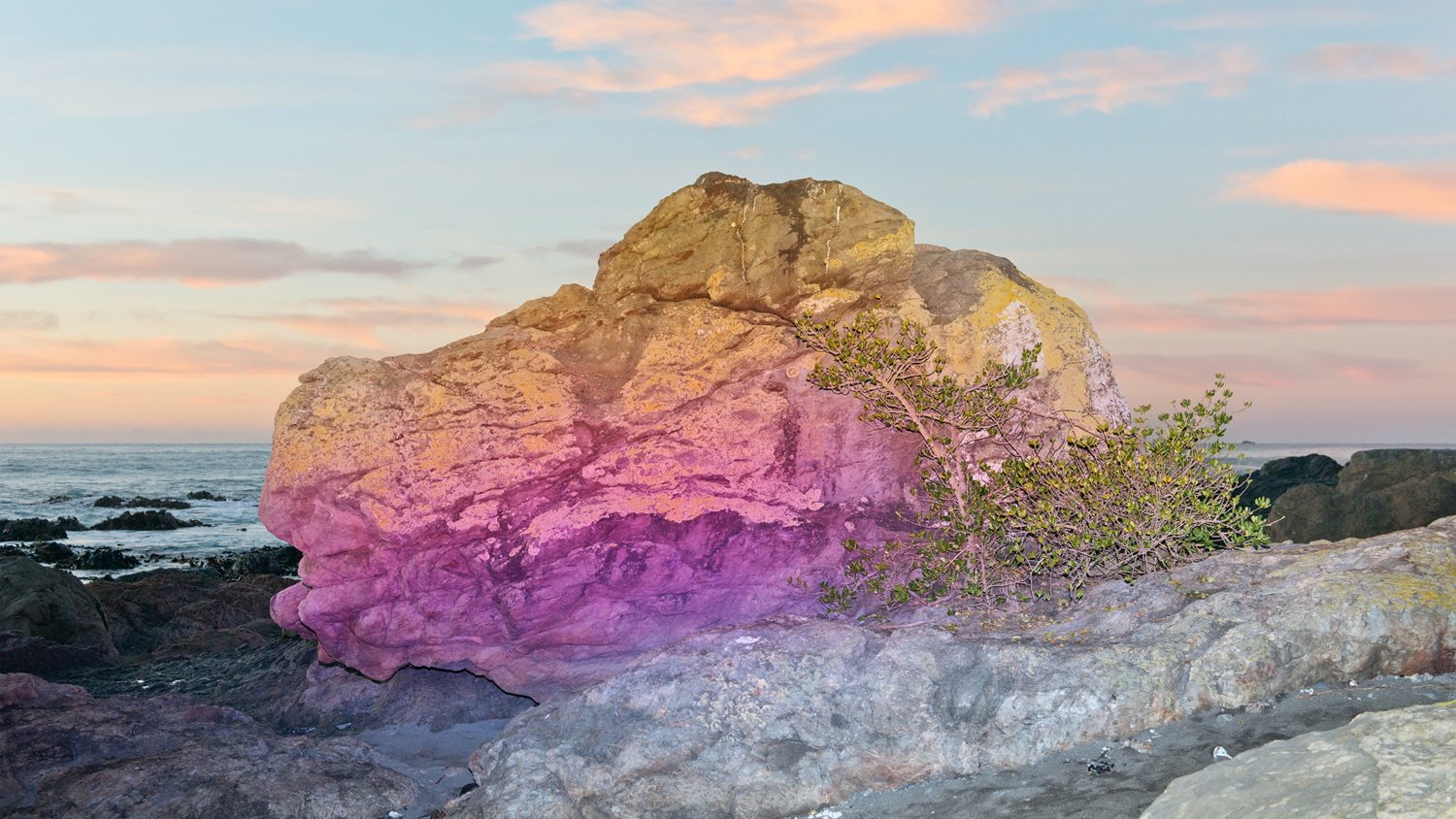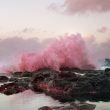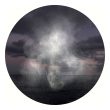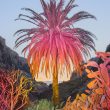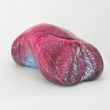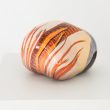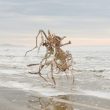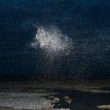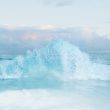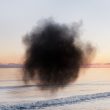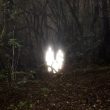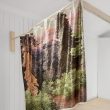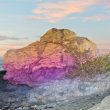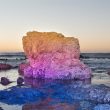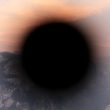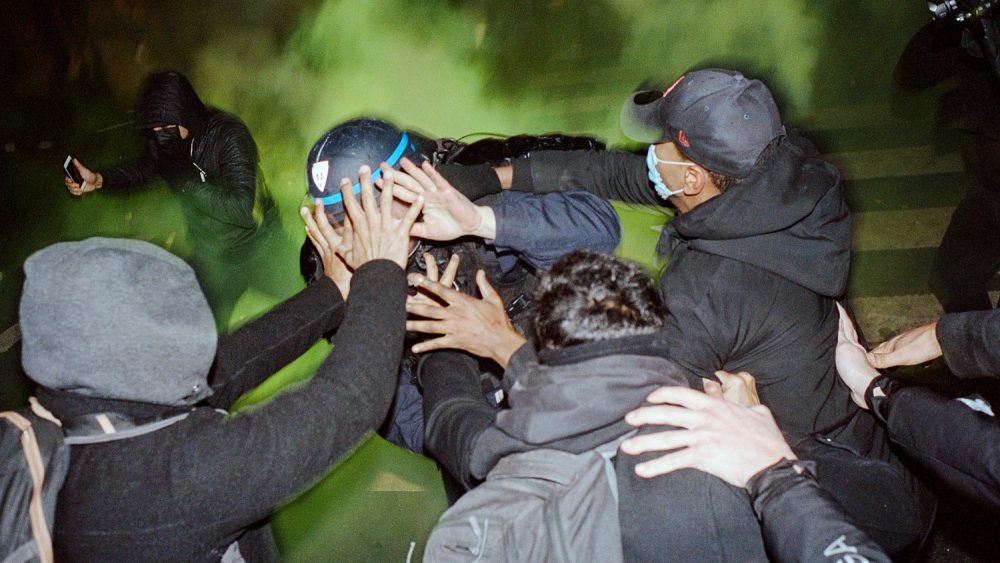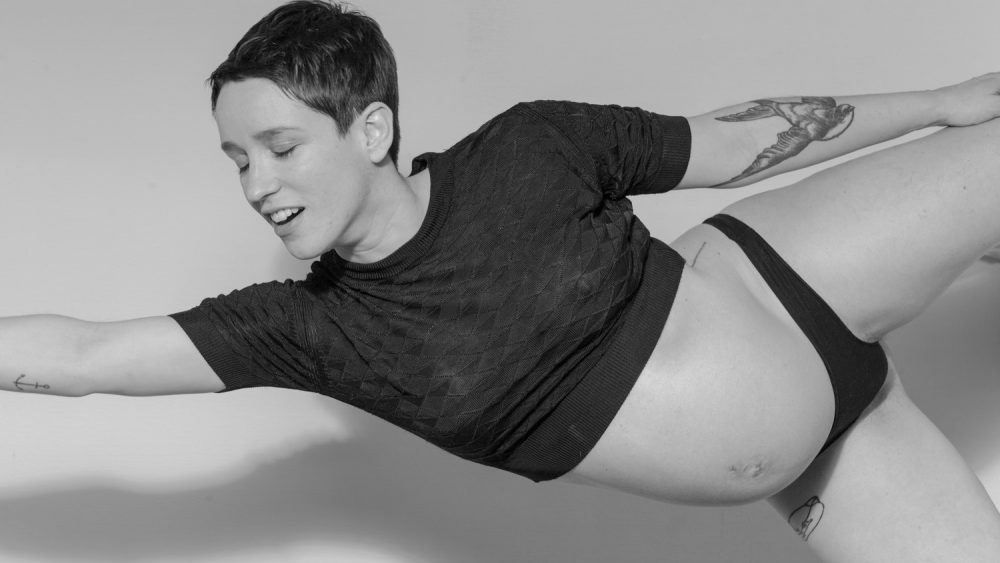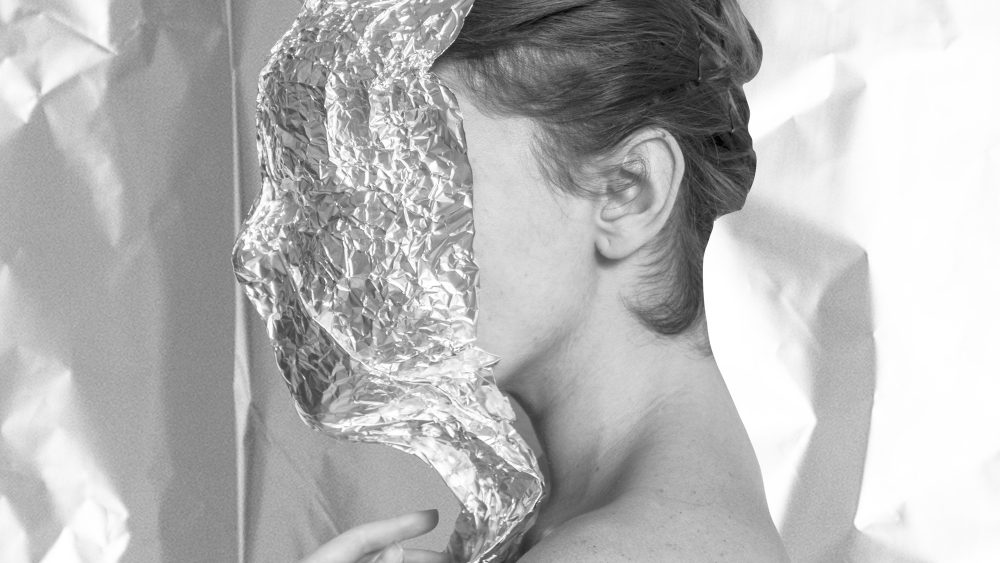Inka and Niclas
Inka (1985) and Niclas (1984) Lindergard are a Swedish artist duo from Stockholm, who have been together since 2007. Mostly they create photographs reflecting on the mystical and unexplainable in nature. They have had numerous exhibitions in Sweden and abroad, as well as releasing two successful books – The Visible Spectrum (2014) and Watching Humans Watching (2011). Their works are on view at the Riga Photomonth main exhibition New Chic, which is running until 3 June at Riga Congress Centre.
How you would describe your interest in photography?
Our work deals with our consumption of landscapes through lenses and screens. Our image of the landscape is formed by photography and nature is constructed by the stream of images on our screens. We dissect and rearrange generic landscape imagery, high mountain ranges, sunsets, turquoise waves, palm trees covered with coconuts, deep green forests and the cosmos. It’s about the ritual of traveling and photographing, photographs as proof that can be shown, the need to place oneself in nature and in the photograph. Sunsets are pulled down to earth, a cloud of glitter is suspended mid air in the form of a sparkling nebula from the NASA archives, the Yosemite Half dome is covered by a big black blob. We treat our actions, be it throwing powder into the wind, building a sculpture out of branches or briefly coloring some rocks by light, as performances done in alliance with the landscape, the elements and the camera. Everything happens in the moment of exposure.
Could you reveal how you usually get from an idea to the result?
Ideas bounce back and forth between the two of us – Inka may present an idea and then let it go and it gets picked up by Niclas years later. It’s a fluid and associative search that’s been going on since the beginning of our collaboration back in 2007. Showing works in exhibitions and print has always been like cutting out and showing an excerpt of where we are in the evergoing process at that particular moment. We travel when we are out photographing, the traveling has to do with landscapes, but also with the chance to work undisturbed that it gives us. It’s very much about isolation. Our process is time consuming; there are so many uncontrollable circumstances at play when working outside. Winds blow and rain rains. We are out working for months, and if everything goes really well, we return with a handful of photographs. But all that downtime makes the process interesting and we usually end up with new ideas for photographs to be done some other time.

Have you had any bizzare experiences while shooting?
We have two on the same theme and from roughly the same time. Once back in 2011 we were out photographing humans in nature for the Watching Humans Watching series in Sequoia National Park in California. While aiming the camera at something else, Inka walked into a full-grown black bear and her two cubs. It was on small trail in the forest and Niclas was on the other side of a lake. Inka backed away slowly and tried to look small and kind. The Watching Humans Watching project is shot on film and while she was reloading the camera the bear jumped up on a fallen log 10 meters away and just posed majestically in perfect backlighting. When she was finally done loading the camera the bear immediately jumped down and the bear family just walked past her playing with each other.
When the second one happened, we were in Åre (Sweden) working on the same series. We usually started by finding a place where we knew someone would eventually come to have a look at the view, then we framed the scene and waited for the perfect moment when everything would line up. This time we had been waiting for a while and started to get a bit bored. Niclas was holding the camera and suddenly Inka kind of scream-whispered: “Now! Take a picture! Take a picture!”
The people just standing there appreciating the view in front of our camera were the King of Sweden with his bodyguards. Unfortunately the film processing got fucked up on that one, so we a super weak negative but a strong memory.
Could you tell us a bit about the work we can see in Riga?
The installation is called The Belt of Venus and The Shadow of the Earth. The title (a recurring title for us) refers to what may be the most photographed landscape motive – the sunset.
The Belt of Venus is the name for the pink glow that appears when the sun sets and the Earth’s shadow can then be seen as a blue color above the horizon. It consists of one framed photograph, a series of photographic sculptures on podiums and a photograph on velvet hanging draped from a flagpole-like branch.
In the framed photo the sunset palette has immigrated to the walls of a cave facing an almost fantasy-fictional mountain range. The handmade and natural objects on the six podiums have been physically dipped into a floating version of the photograph on the wall, transferring the photograph onto the object’s surface, making a 3-dimensional fragmented version of the same photograph.
The velvet photo on the branch depicts a diorama-like scene, an overly romantic landscape setting on draped sparkling velvet. It’s always a challenge to show work in spaces that are not originally meant to show art. This time the space with its striking marble walls contributed in a nice way to the stony works presented.
What are you working on at the moment?
Our exhibition 4K ULTRA HD at Dorothee Nilsson Gallery in Berlin is on until June 23. Today we are working on a commission for a pedestrian tunnel in Stockholm that will be installed in September. We are going to make it super bright and pulsating. In the long-term, we are working on a huge commission for a psychiatric hospital in Sweden, which is very exciting – installations in 57 rooms. We are going away to work at least two times this summer, probably to Portugal and the Canary Islands. We have recently started and are continuing to work with the iconography connected to the term “Tropical”, so maybe a lot of beaches and coconuts in the future?
